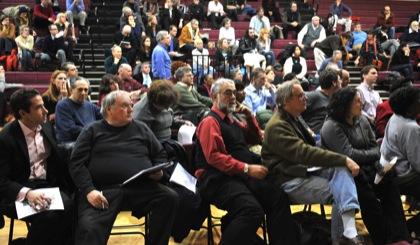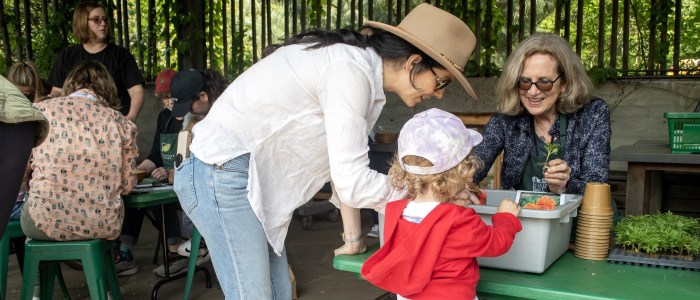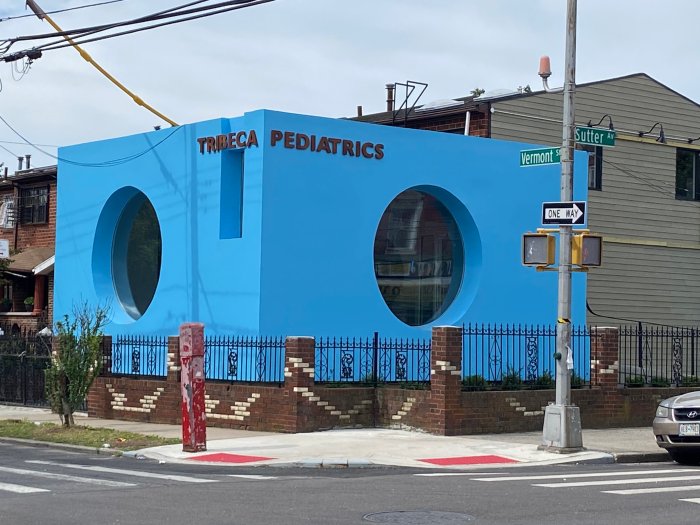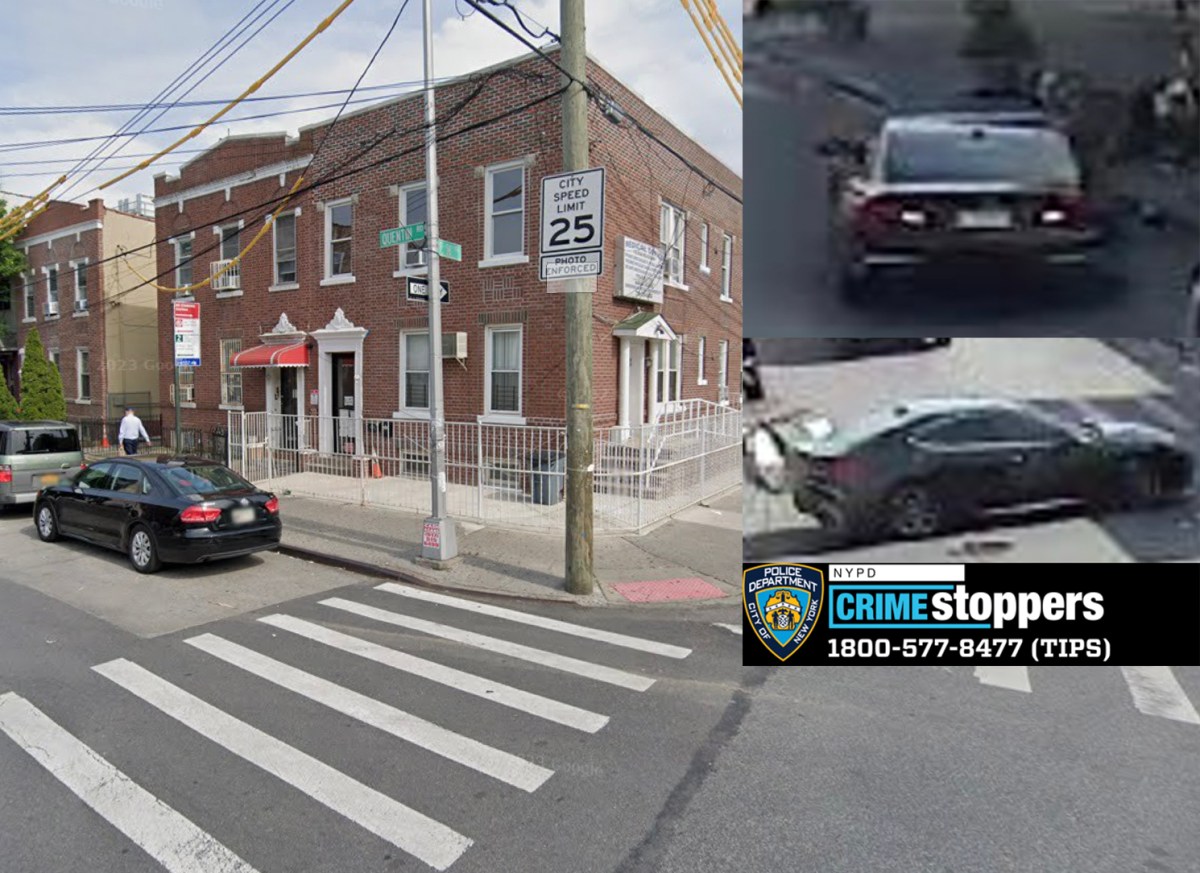A construction plan by a Park Slope private school received a passing grade from a community board committee this week, overcoming the first in a series of hurdles the controversial project must clear.
By a vote of 11-4, the Landmarks/Land Use Committee of Community Board 6 approved the Berkeley Carroll School’s plan to reconstruct a one-story annex at the rear of its middle and upper school at 181 Lincoln Place.
Since the site sits in a historic district, the school must receive the approval of the Landmarks Preservation Commission, which will hold a hearing on the matter on Feb. 2. The full board will also weigh the plan at its Jan. 13 meeting. Its vote is simply advisory in nature.
The committee was not swayed by opponents of the project, who argued that the new building would distort the historic character of the neighborhood and impede views that are critical to the area’s aesthetic.Instead, the majority felt that the school has made a real attempt since first introducing the plan last summer to work with neighbors in amending it.
The new building will include a 4,000 square foot rooftop playground, which has some fearing a daily, unbearable cacophony.
“This is the Park Slope Historic District, not Chelsea Piers,” said St. Johns Block Association member John Muir.He described the project as “an enormous, bulky building out of context with the historic district.” He continued, “The sports facility is even more inconsistent with the historic features than the bulky building,” adding that is “indisputable” that noise from the playground would spread to Seventh Avenue and beyond.
Muir said his group decided negotiations with the school were fruitless, and eventually broke from the table. In fact, he said, six of the nine members of a steering committee walked out of discussions.
But others, like St. John’s Place resident Morty Newburgh pressed on, and said that he is satisfied with the school’s concessions. “It is a reasonable compromise given the circumstances,” he said at the committee’s Jan. 4 meeting.
Newburgh, who was one of the more vociferous critics of the plan, conceded that the relationship between the school and its neighbors has not always been the best. But in this case, he said, Berkeley Carroll made an effort to hear residents’ concerns.
Because of the few who stuck with the negotiations, Newburgh said the school agreed to remove air conditioning equipment from the rooftop, spare the loss of any trees during the reconstruction, and set back the playground 15 feet from the building’s edge. “Over the last month, we’ve gone from rancor to a reasonable compromise,” he said.
Now, the rancor appears to be between residents. Muir said he was “shocked at the little dose of bile” offered by Newburgh, who said he was “dismayed” to be represented by a block association that “never contacted” him.





















